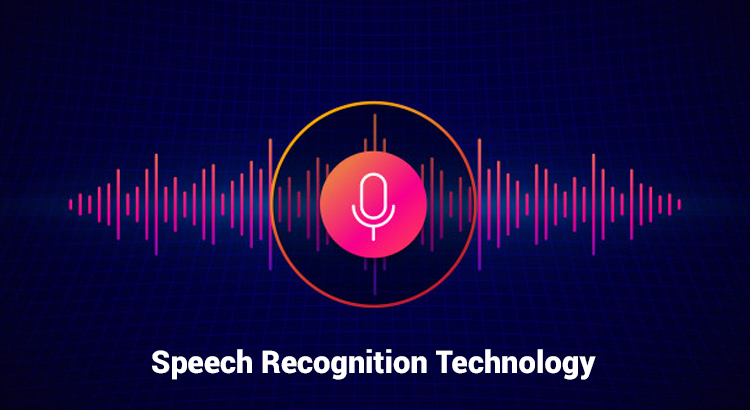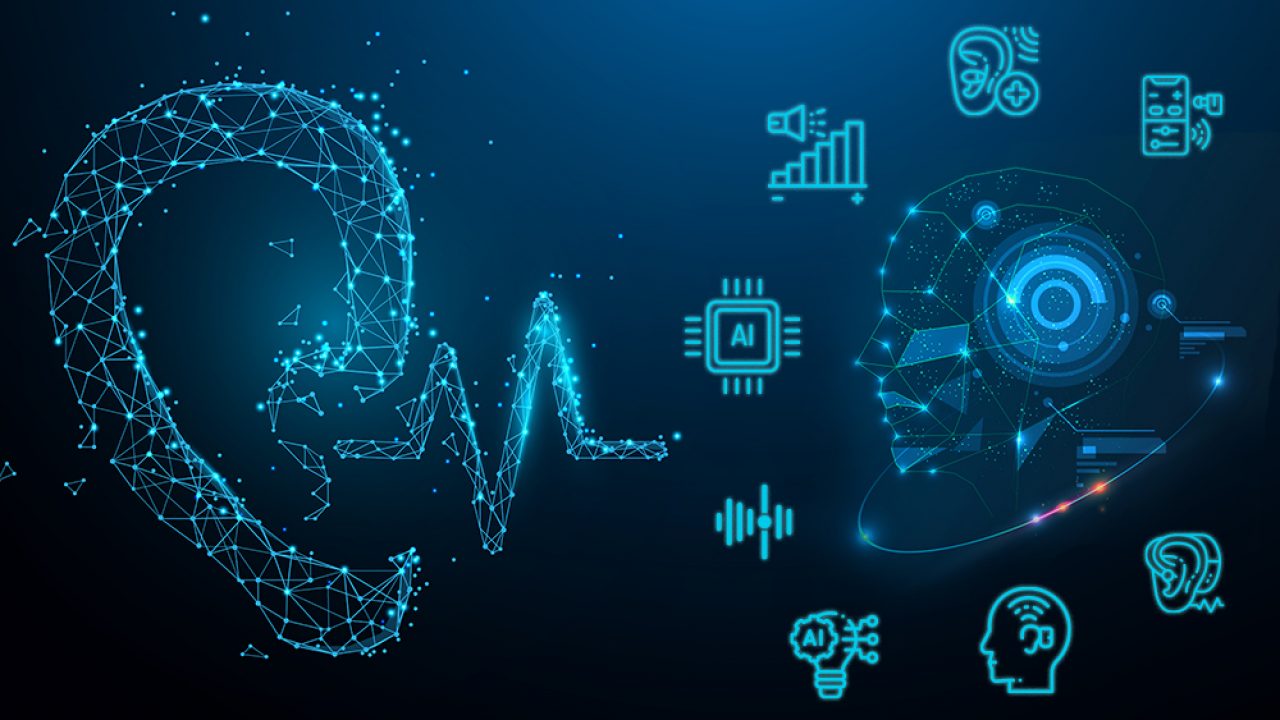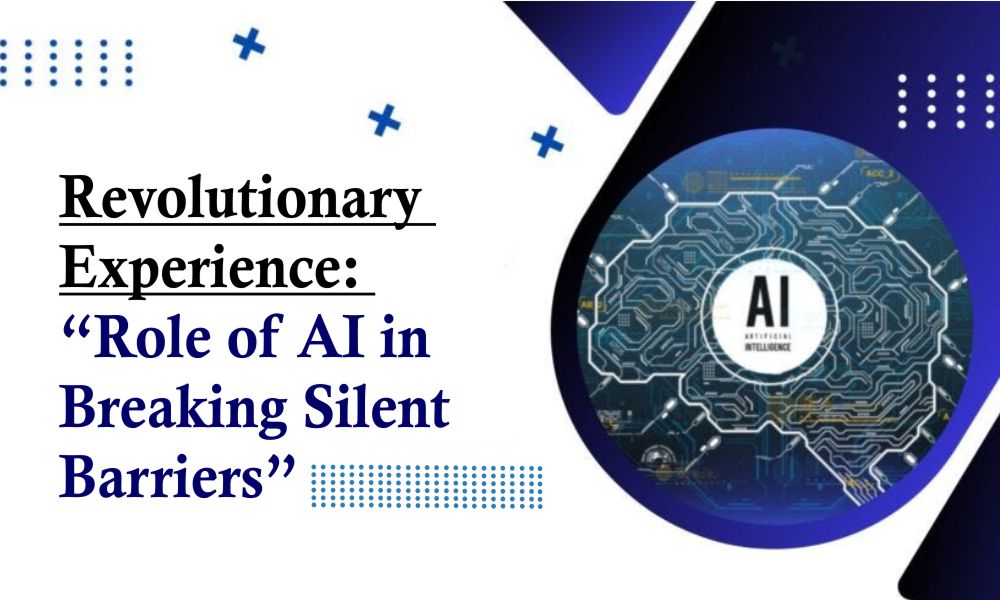Do you know someone who is impaired in speech or hearing? Is it necessary for you to communicate with these people on a regular basis, or do you find the thought of having easy connection with the specially abled appealing?
In the rapidly evolving landscape of technological innovation, artificial intelligence (AI) has emerged as a transformative force, breaking down barriers and creating new possibilities for diverse communities. One such community that has witnessed profound changes is the deaf community, as AI plays a revolutionary role in enhancing communication, accessibility, and overall experiences.
Artificial intelligence (AI) is proving to be a beacon of hope for the deaf community, offering a myriad of tools designed to break down communication barriers and enhance daily life experiences. From communication aids to education and employment support, AI is transforming the way deaf individuals navigate the world, opening up new avenues for connection and empowerment.
Speech-to-Text Technology:
One of the revolutionary AI tools making waves in the deaf community is Speech-to-Text (STT) technology.

By leveraging advanced algorithms, applications like Google’s Live Transcribe and Otter.ai transcribe spoken words into text in real time. This tool empowers deaf individuals by providing instant access to the spoken word, making conversations during meetings, lectures, and social interactions more inclusive and accessible.
Sign Language Recognition:
AI has stepped into the realm of sign language recognition, bridging the communication gap between the deaf and hearing communities. Through machine learning algorithms, sign language recognition systems interpret and translate sign language into text or spoken words. This breakthrough not only facilitates communication but also fosters understanding and inclusion, enriching interactions in a variety of settings.
AI-Enhanced Hearing Aids:

AI-enhanced hearing aids represent a revolutionary advancement in assistive technology, offering individuals with hearing impairment a more personalized and dynamic auditory experience. These smart devices leverage artificial intelligence (AI) algorithms to adapt and optimize sound settings based on the user’s environment, significantly improving the quality of life for those with varying degrees of hearing loss.
Visual Communication Applications:
Visual communication apps, like Ava and RogerVoice, harness the power of AI to create a more immersive communication experience. These applications use speech recognition and AI algorithms to transcribe spoken words into text while incorporating visual elements like avatars. This not only aids in understanding spoken content but also adds a layer of expression and emotion to communication, enhancing the overall connection between individuals.

Education and Employment Support:
AI is playing a pivotal role in fostering educational and employment opportunities for the deaf community. Educational platforms powered by AI offer adaptive learning experiences tailored to the needs of deaf learners, ensuring that information is presented in accessible formats. In the workplace, AI-driven tools provide real-time captioning services during meetings and conferences, promoting equal participation and creating an inclusive environment.
Study CSE (AIML) from Dronacharya College of Engineering, Gurugram one of the Best Engineering College in Delhi NCR and explore new oppurtunity in this field.


